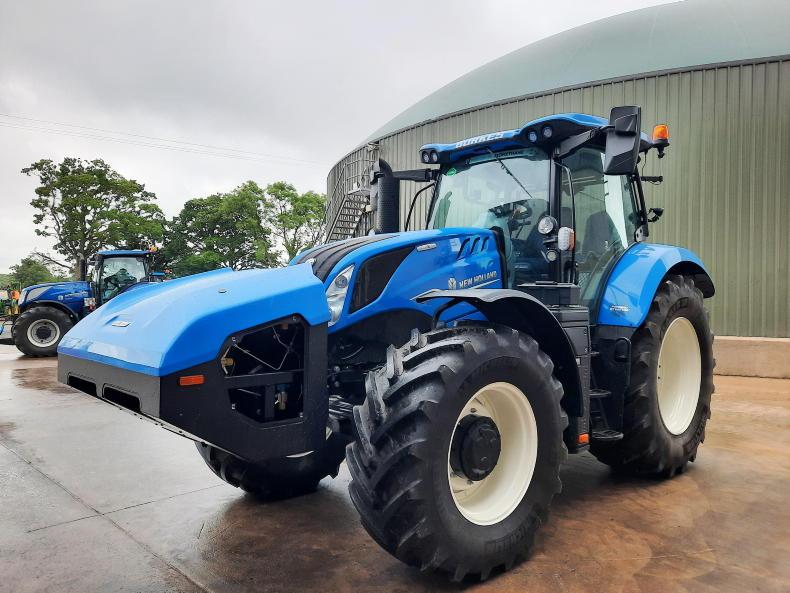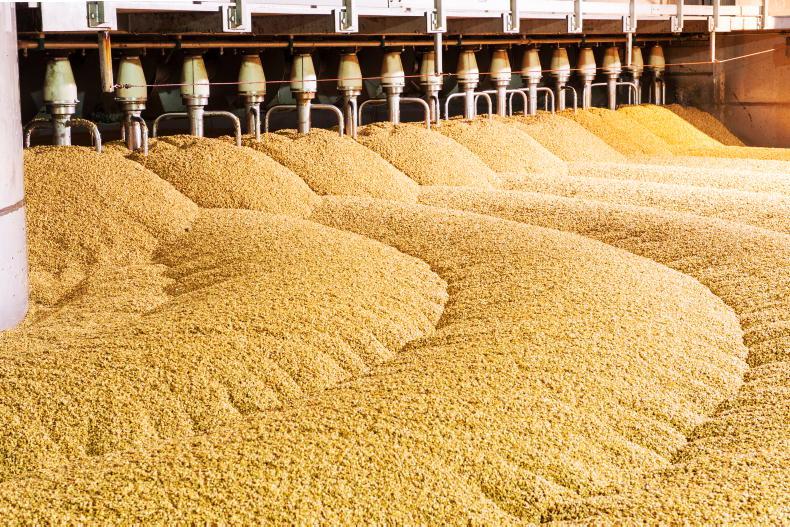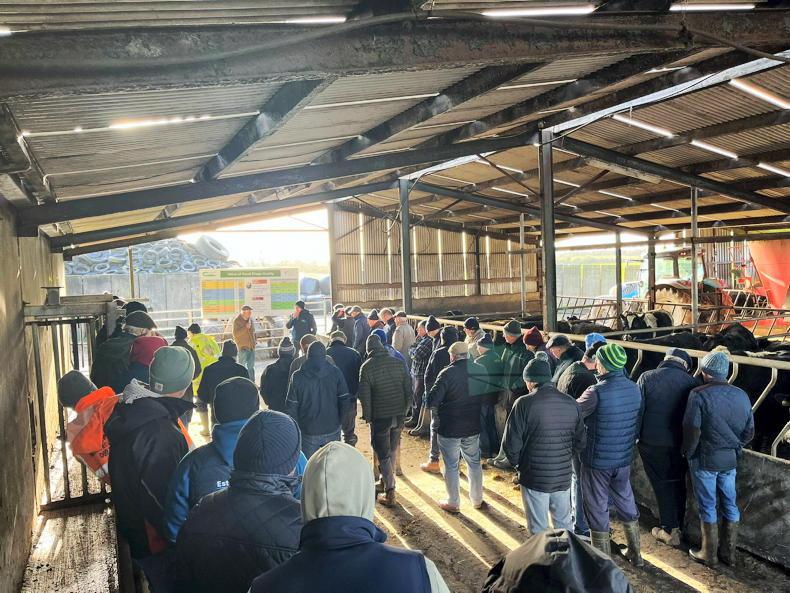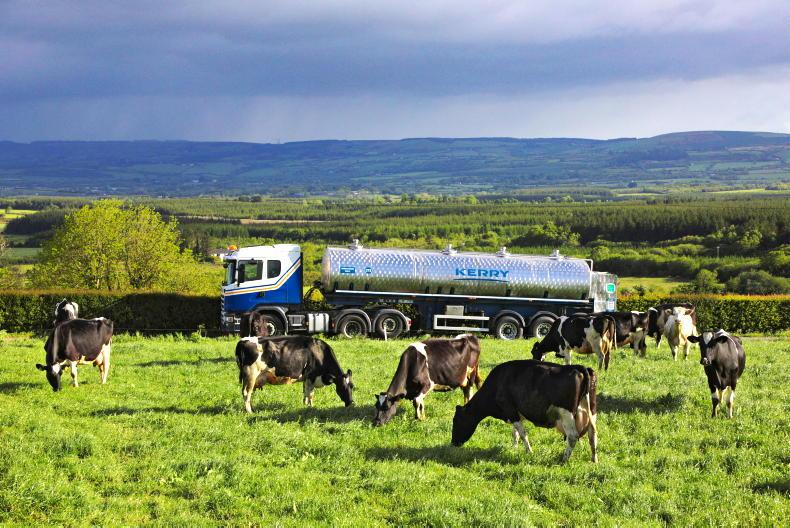Normally when discussing the climate changing gases in Irish agriculture we focus on methane from livestock and occasionally carbon dioxide lost or gained by soil and cropping. However, the dependence of the sector upon fossil fuels is deeply interwoven in our everyday actions. Removing that thread will be perhaps more challenging for agriculture than we imagine.
In agriculture we use machinery such as tractors, combines and loaders which burn diesel produced from oil adding to the carbon dioxide. It’s easy to dismiss on an individual level, but most Irish households will burn far more diesel or petrol in their cars than will be burnt to feed that family for a year – it does add up.
Currently there are two potential candidates for replacing diesel power. The first is more straightforward and familiar to us, biomethane. Normally the model is based on anaerobic digestors generating methane from slurries and other feedstocks before burning this in large combined heat and power plants. However, the downside to this is unless there’s a place to use the heat produced by these engines, about 50% of the energy potential is essentially wasted. In some countries where district heating is the norm, entire cities can run on this heat generated by power generation, sadly, Dublin has no such mechanism.
However, a new use has emerged – rather than inefficiently burning gas for power, why not use it directly in engines for vehicles that can’t be so easily transferred over to electric power?
Other heavy vehicles are already making use of gas-powered engines which could be easily switched from fossil gas to biomethane.
Not too far from me the large logistics company Virginia Transport undertook the first shipment of beef to the continent back in 2020 with these vehicles so they are both technically possible and commercially viable.
Bio-methane tractors
Case New Holland made world news with the first commercially available methane-powered tractor and is set to continue to develop these.
The problem, aside from the above average price of these small production vehicles, is the risk. Diesel can be dangerous but not quite as bad as flammable gas. A leak in a traditional tractor will mean an ugly spill, but a gas leak is another matter. While the technology in these machines is safe in new equipment, as they age, and if not serviced properly, issues could arise.
Hydrogen
Some have proposed that rather than waiting for Government support for anaerobic digestion, we could instead embrace the proposed solution certain interests are pushing for – transport hydrogen fuel.
In theory, hydrogen can be generated with excess wind, and is not reliant on using land for silage to feed AD, but the reality is quite different.
Concerns
Environmental groups have raised concerns that rather than using excess wind, which is unreliable by nature, fossil fuel companies will simply power hydrogen production with oil or gas.
In some cases even the dirtiest of fuels, coal, can be used, as is the case in the recently opened Australian coal-to-hydrogen plant.
In addition, hydrogen fuel stations are rare and it’s hard to see them as practical even in the longer term.
Battery power
Perhaps we will see usable electric battery-powered tractors, but the demand for long running hours makes that seem distant. Although in the areas of smaller machinery, such as telehandlers, we are seeing major moves, with large brands like Weidemann and JCB showcasing new battery-powered machines.
Fertiliser
All of these are only one aspect of agriculture’s use of fossil fuels, however.
A far greater dependence of agriculture is on fossil gas for fertiliser production, as we discovered due to the Russian invasion of Ukraine.
Specifically fossil gases are needed to generate ammonia nitrogen, which accounts for 1.4% of global fossil-fuel consumption. This may not seem significant but Ireland consumes only 0.1% of fossil gas so every cut is significant.
The good news here is that Ireland could potentially break our dependence on imported fertiliser and even become a net exporter in the long term.
Technology already exists to convert excess energy, especially in the form of our offshore wind potential, into ‘green ammonia’ to be used later for fertiliser. This will be yet another step in what will be a decades-long journey to decarbonising society.









SHARING OPTIONS